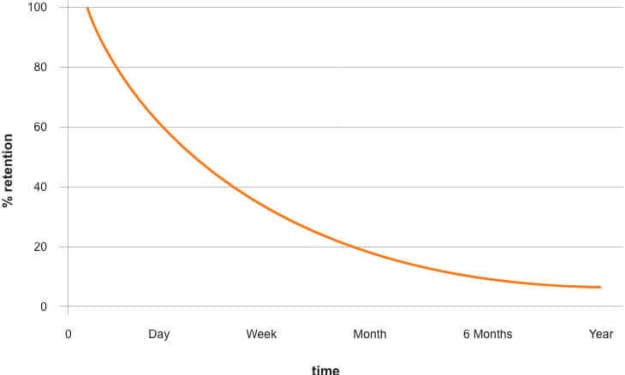Case Study: Harmonic Mean's Advantages Over Other Mean Methods
A simple guide to harmonic Mean
In the world of mathematics, there are various ways to calculate averages, also known as means. The arithmetic mean, which most people simply call "the average," is the one we use most often. But there's another mean that deserves our attention, especially when dealing with specific situations – the harmonic mean. In this elementary-level case study, we will explore the advantages of using the harmonic mean over other mean methods.
The Players
1. Arithmetic Mean
The most common type of mean.
Calculated by adding all numbers and dividing by the count.
Useful for finding typical values when numbers are similar in magnitude.
Less known but powerful in certain scenarios.
Calculated using the reciprocals of numbers.
Useful for rates, speeds, and inversely proportional quantities.
The Scenario
Let's imagine a real-life scenario: a group of friends embarking on a road trip from City A to City B. The journey includes traveling through various speed zones, and they want to find the average speed of their entire trip. To make things simple, they are measuring their speeds in miles per hour (mph).
Speed Records
Here are the speed records for each segment of their journey:
Segment 1: 60 mph
Segment 2: 40 mph
Segment 3: 80 mph
Calculating the Arithmetic Mean
The friends initially think about calculating the average speed using the arithmetic mean, which they are most familiar with. Here's how they do it:
Add up all the speeds: 60 + 40 + 80 = 180 mph.
Divide the total by the count (3): 180 / 3 = 60 mph.
So, using the arithmetic mean, they calculate an average speed of 60 mph for their entire journey. However, they soon realize that this doesn't accurately represent their experience because it doesn't consider the varying speeds they encountered.
Harmonic Mean to the Rescue
Now, one friend remembers learning about the harmonic mean and suggests using it to find a more accurate average speed. They recall that the harmonic mean is useful when dealing with rates and inversely proportional quantities. In their case, speed and time are inversely proportional because speed determines how long it takes to cover a specific distance.
To calculate the harmonic mean, they follow these steps:
Find the reciprocals of the speeds:
Reciprocal of 60 mph = 1/60.
Reciprocal of 40 mph = 1/40.
Reciprocal of 80 mph = 1/80.
Calculate the arithmetic mean (average) of the reciprocals:
(1/60 + 1/40 + 1/80) / 3 = (4/240 + 6/240 + 3/240) / 3 = (13/240) / 3.
Take the reciprocal of the result from step 2:
1 / [(13/240) / 3] = 1 / [(13/240) * (1/3)] = 1 / (13/720) = 720/13.
So, using the harmonic mean, they find the average speed of their journey to be approximately 55.38 mph.
Advantages of the Harmonic Mean
Now, let's explore why using the harmonic mean was a better choice in this scenario:
1. Reflecting Inverse Proportions
The harmonic mean is particularly suitable when dealing with quantities that are inversely proportional, like speed and time. In this case, as speed increases, the time taken to cover a specific distance decreases. The harmonic mean accounts for this relationship, making it the ideal choice for calculating the average speed of the road trip.
2. Impact of Smaller Values
The harmonic mean tends to be more influenced by smaller values in a dataset. In our scenario, the lower speed of 40 mph had a significant impact on the harmonic mean, pulling it closer to 40 mph. This reflects the fact that slower speeds had a more pronounced effect on the overall travel time, which is precisely what the friends needed to capture.
3. Accuracy in Specific Situations
While the arithmetic mean is a great general-purpose measure of central tendency, the harmonic mean shines in specific situations. It is a valuable tool when dealing with rates, ratios, or any situation where reciprocal relationships play a vital role.
Conclusion
In this elementary-level case study, we've explored the advantages of using the harmonic mean over other mean methods, focusing on the scenario of calculating the average speed of a road trip. While the arithmetic mean is the go-to method for most situations, the harmonic mean proves its worth when dealing with rates, speeds, and inversely proportional quantities.
Understanding when and why to use the harmonic mean can lead to more accurate results in scenarios where the traditional arithmetic mean falls short. So, the next time you find yourself dealing with inverse proportions or rates, remember the harmonic mean – it might just provide you with the more precise answer you need.





Comments
There are no comments for this story
Be the first to respond and start the conversation.